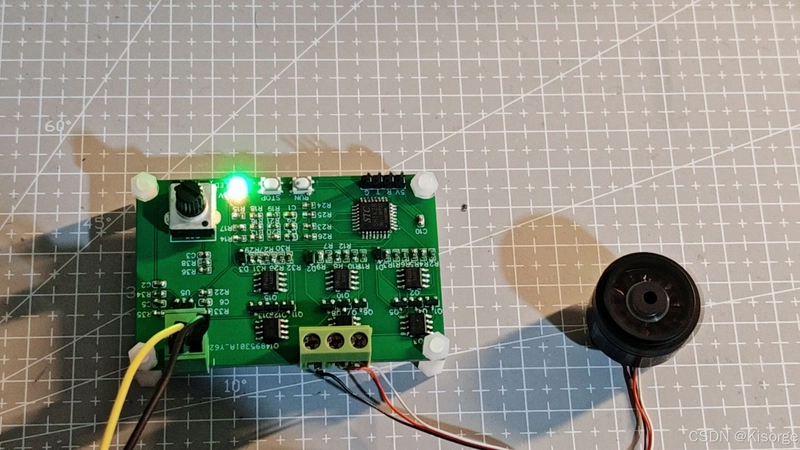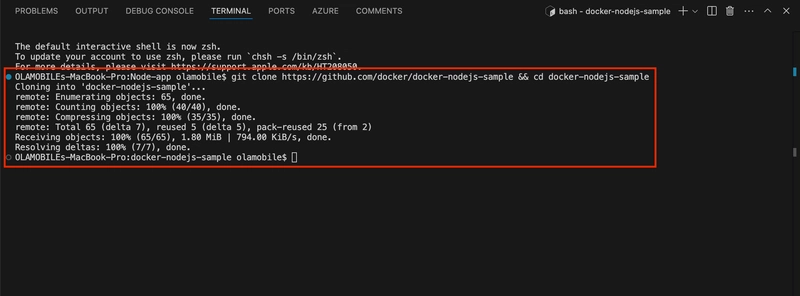Java Multi-threading Gone Wrong: A Real-World Backend Nightmare
You’ve just deployed your high-performance Spring Boot app. It’s running smoothly—until traffic spikes. Suddenly, everything freezes. No errors, no crashes, just a silent, unresponsive system. Welcome to deadlock hell—where two threads hold resources hostage, refusing to back down. How It All Went Wrong Your backend has two background tasks that update shared resources: One thread manages database transactions. Another handles caching to speed up responses. Seems like a solid architecture, right? But in a high-concurrency scenario, these threads end up waiting on each other, creating an inescapable deadlock. The Problematic Code: class Resource { private final String name; public Resource(String name) { this.name = name; } public String getName() { return name; } } class DeadlockExample { private final Resource resource1 = new Resource("Database Connection"); private final Resource resource2 = new Resource("Cache Layer"); public void processA() { synchronized (resource1) { System.out.println(Thread.currentThread().getName() + " locked " + resource1.getName()); try { Thread.sleep(100); } catch (InterruptedException ignored) {} synchronized (resource2) { System.out.println(Thread.currentThread().getName() + " locked " + resource2.getName()); } } } public void processB() { synchronized (resource2) { System.out.println(Thread.currentThread().getName() + " locked " + resource2.getName()); try { Thread.sleep(100); } catch (InterruptedException ignored) {} synchronized (resource1) { System.out.println(Thread.currentThread().getName() + " locked " + resource1.getName()); } } } } public class DeadlockSimulator { public static void main(String[] args) { DeadlockExample system = new DeadlockExample(); Thread t1 = new Thread(system::processA, "Thread-A"); Thread t2 = new Thread(system::processB, "Thread-B"); t1.start(); t2.start(); } } Why Your Backend Froze Thread-A locks the Database Connection and waits for the Cache Layer. Thread-B locks the Cache Layer and waits for the Database Connection. Neither thread can proceed. Your backend grinds to a halt. The Fix: Smarter Locking Option 1: Consistent Locking Order Always acquire locks in the same order across all threads. public void safeProcess() { synchronized (resource1) { // Always lock DB first System.out.println(Thread.currentThread().getName() + " locked " + resource1.getName()); try { Thread.sleep(100); } catch (InterruptedException ignored) {} synchronized (resource2) { // Then lock Cache System.out.println(Thread.currentThread().getName() + " locked " + resource2.getName()); } } } Now, no matter how many threads you spawn, they won’t get stuck waiting for each other. Option 2: Use tryLock() to Avoid Deadlocks Instead of waiting indefinitely, use ReentrantLock.tryLock() so a thread can move on if a resource is unavailable. import java.util.concurrent.locks.Lock; import java.util.concurrent.locks.ReentrantLock; class SafeResource { private final Lock lock = new ReentrantLock(); public boolean tryLock() { return lock.tryLock(); } public void unlock() { lock.unlock(); } } Now, if a thread can’t get a lock, it backs off instead of freezing your system. Final Thoughts: Taming Multi-threading Multi-threading is powerful, but without careful handling, it’s like playing with dynamite. Avoid deadlocks by: ✅ Always locking resources in the same order ✅ Using tryLock() to prevent indefinite waiting ✅ Monitoring thread activity with tools Next time your backend locks up, you’ll know exactly where to look.

You’ve just deployed your high-performance Spring Boot app. It’s running smoothly—until traffic spikes. Suddenly, everything freezes. No errors, no crashes, just a silent, unresponsive system.
Welcome to deadlock hell—where two threads hold resources hostage, refusing to back down.
How It All Went Wrong
Your backend has two background tasks that update shared resources:
- One thread manages database transactions.
- Another handles caching to speed up responses.
Seems like a solid architecture, right? But in a high-concurrency scenario, these threads end up waiting on each other, creating an inescapable deadlock.
The Problematic Code:
class Resource {
private final String name;
public Resource(String name) { this.name = name; }
public String getName() { return name; }
}
class DeadlockExample {
private final Resource resource1 = new Resource("Database Connection");
private final Resource resource2 = new Resource("Cache Layer");
public void processA() {
synchronized (resource1) {
System.out.println(Thread.currentThread().getName() + " locked " + resource1.getName());
try { Thread.sleep(100); } catch (InterruptedException ignored) {}
synchronized (resource2) {
System.out.println(Thread.currentThread().getName() + " locked " + resource2.getName());
}
}
}
public void processB() {
synchronized (resource2) {
System.out.println(Thread.currentThread().getName() + " locked " + resource2.getName());
try { Thread.sleep(100); } catch (InterruptedException ignored) {}
synchronized (resource1) {
System.out.println(Thread.currentThread().getName() + " locked " + resource1.getName());
}
}
}
}
public class DeadlockSimulator {
public static void main(String[] args) {
DeadlockExample system = new DeadlockExample();
Thread t1 = new Thread(system::processA, "Thread-A");
Thread t2 = new Thread(system::processB, "Thread-B");
t1.start();
t2.start();
}
}
Why Your Backend Froze
-
Thread-Alocks the Database Connection and waits for the Cache Layer. -
Thread-Blocks the Cache Layer and waits for the Database Connection. - Neither thread can proceed.
- Your backend grinds to a halt.
The Fix: Smarter Locking
Option 1: Consistent Locking Order
Always acquire locks in the same order across all threads.
public void safeProcess() {
synchronized (resource1) { // Always lock DB first
System.out.println(Thread.currentThread().getName() + " locked " + resource1.getName());
try { Thread.sleep(100); } catch (InterruptedException ignored) {}
synchronized (resource2) { // Then lock Cache
System.out.println(Thread.currentThread().getName() + " locked " + resource2.getName());
}
}
}
Now, no matter how many threads you spawn, they won’t get stuck waiting for each other.
Option 2: Use tryLock() to Avoid Deadlocks
Instead of waiting indefinitely, use ReentrantLock.tryLock() so a thread can move on if a resource is unavailable.
import java.util.concurrent.locks.Lock;
import java.util.concurrent.locks.ReentrantLock;
class SafeResource {
private final Lock lock = new ReentrantLock();
public boolean tryLock() {
return lock.tryLock();
}
public void unlock() {
lock.unlock();
}
}
Now, if a thread can’t get a lock, it backs off instead of freezing your system.
Final Thoughts: Taming Multi-threading
Multi-threading is powerful, but without careful handling, it’s like playing with dynamite. Avoid deadlocks by:
✅ Always locking resources in the same order
✅ Using tryLock() to prevent indefinite waiting
✅ Monitoring thread activity with tools
Next time your backend locks up, you’ll know exactly where to look.











































































